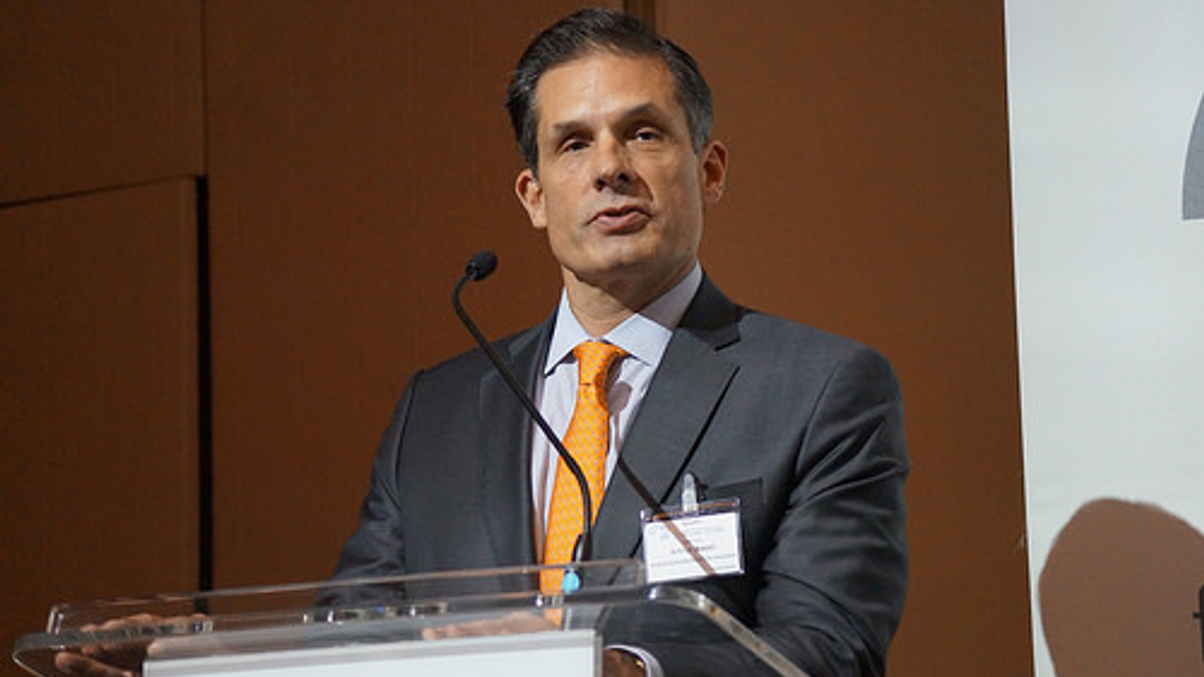More MPF changes coming, but friction remains
As Hong Kong's Mandatory Provident Scheme Authority releases its 15-year performance review ahead of reforms due this year, the city's funds industry still sees issues to be tackled.

Among the new initiatives due for rollout this year under Hong Kong’s Mandatory Provident Fund (MPF) Scheme are a global balanced reference portfolio and a centralised system for administering MPF payments.
Sign in to read on!
Registered users get 2 free articles in 30 days.
Subscribers have full unlimited access to AsianInvestor
Not signed up? New users get 2 free articles per month, plus a 7-day unlimited free trial.
¬ Haymarket Media Limited. All rights reserved.


